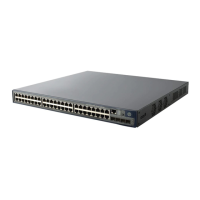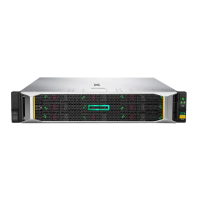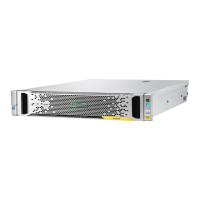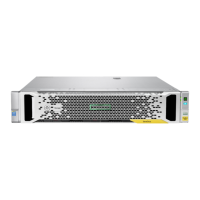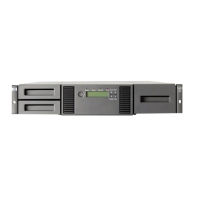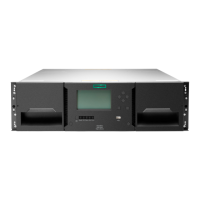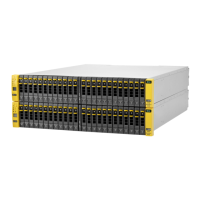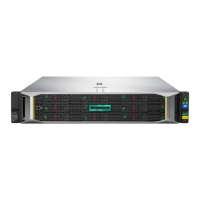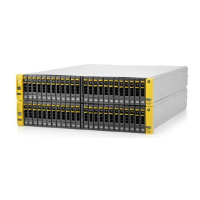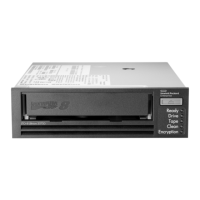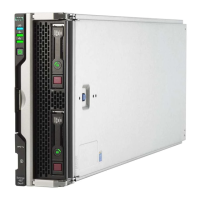1. Option card 10GBase-T ports
2. Built-in 1G ports
On a 10GbE system, only the 10GbE interfaces are bonded in the Configuration setup. The 1GbE ports
can be put in a separate bond later. The 10GbE and 1GbE interfaces must be on different subnets but
can be used simultaneously by assigning different traffic types to the bonds.
Controller with a Fibre Channel card
1. Option card Fibre Channel ports
2. Built-in 1G ports
The built-in 1G ports are bonded and share a subnet mask. Fibre Channel ports do not require IP
addresses, so no bonding is necessary.
Configuring IP addresses
Virtual IP
A virtual IP (VIP) is assigned to each storage system. This IP address automatically moves between the
two storage controllers in the enclosure, when necessary, to provide a highly available interface. The VIP
can be used as a management IP address to prevent the controller-specific IP addresses from being
used. On iSCSI systems, use the VIP for iSCSI discovery to ensure that all paths are properly discovered.
Prerequisites for changing the IP address of a bond
Prerequisites
• A network path (route) between the old and the new IP environments.
• The storage system must be running StoreVirtual OS 13.5 with patches 135-015-02 and 135-016-00,
or a later StoreVirtual OS release.
• The storage system must be offline to prevent a disruption in communications and to ensure the
availability of data services.
• Stop all I/O before changing the IP address of a network interface.
• Disconnect iSCSI sessions when changing the IP address of the network interface assigned the data
interface traffic type.
Configuring IP addresses 47
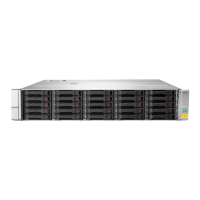
